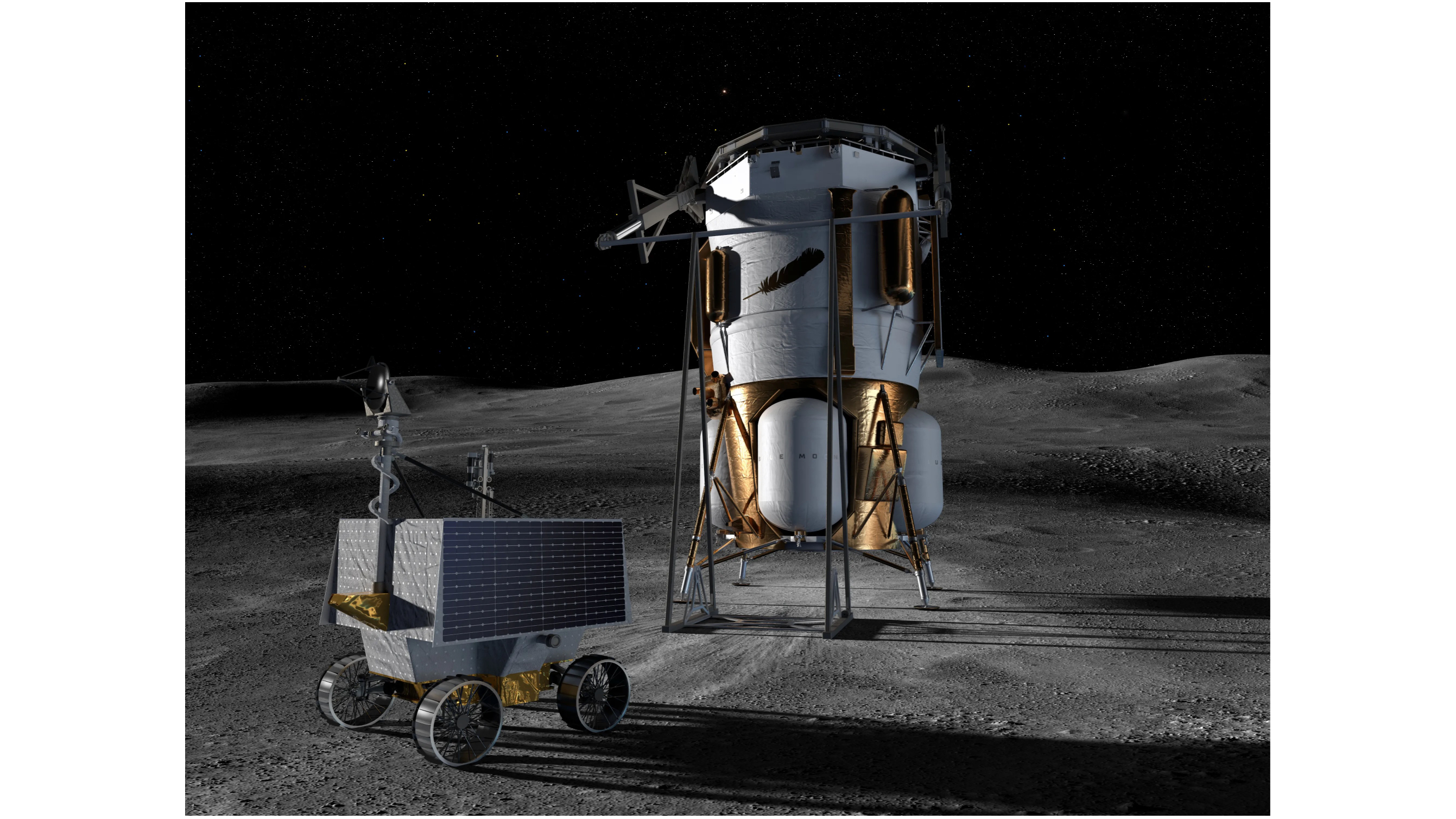Virgin Galactic's SpaceShipTwo suffers apparent abort in 1st launch from Spaceport America
Virgin Galactic didn't reach space today after all.
The company's latest SpaceShipTwo vehicle, VSS Unity, lifted off from New Mexico's Spaceport America this morning (Dec. 12) with pilots C.J. Sturckow and Dave Mackay in the cockpit.
The goal was to fly Unity's third test mission to suborbital space — its first such powered flight in nearly two years, and the first human spaceflight mission ever to depart from New Mexico.
Related: How Virgin Galactic's SpaceShipTwo works (infographic)

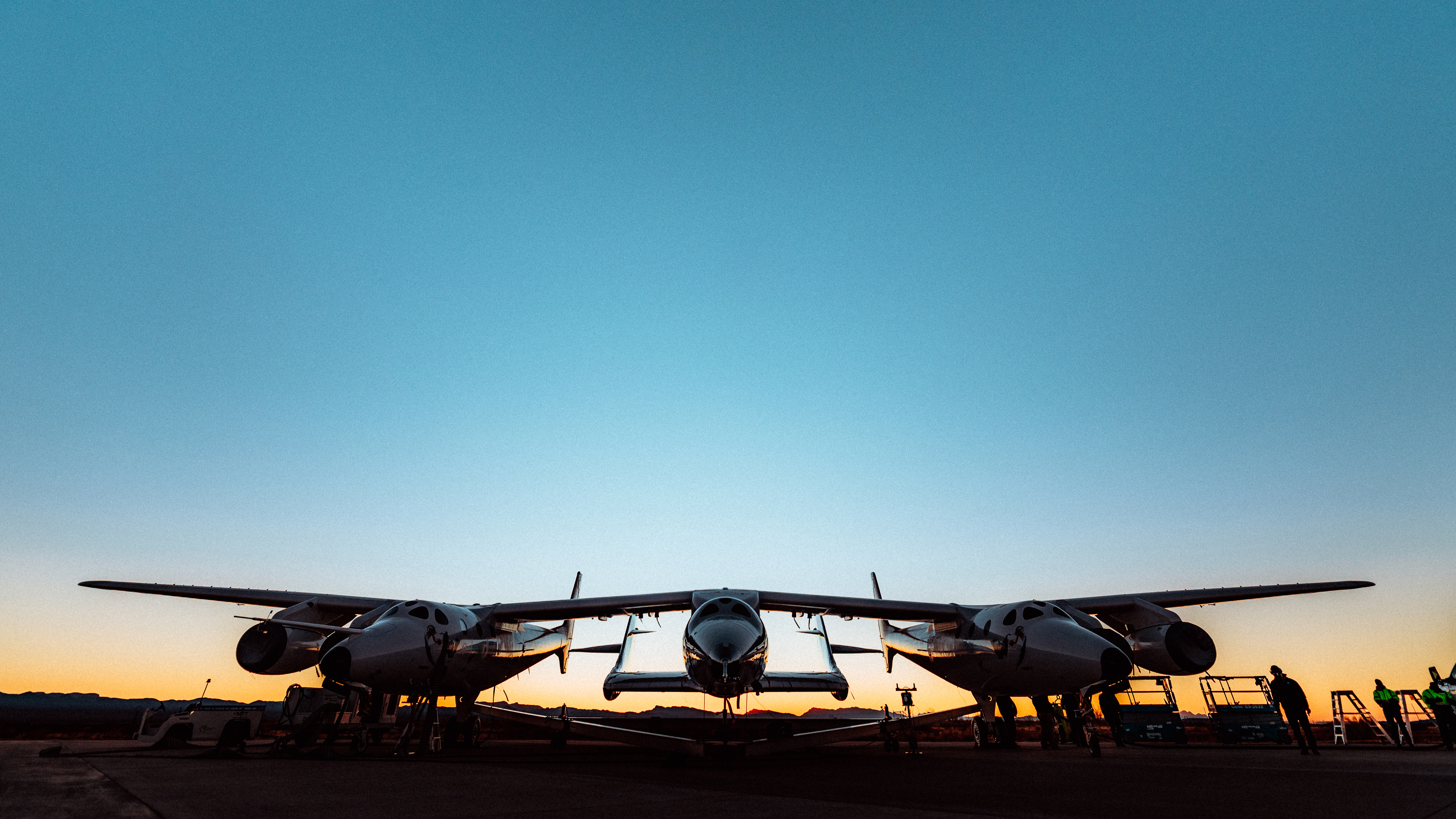
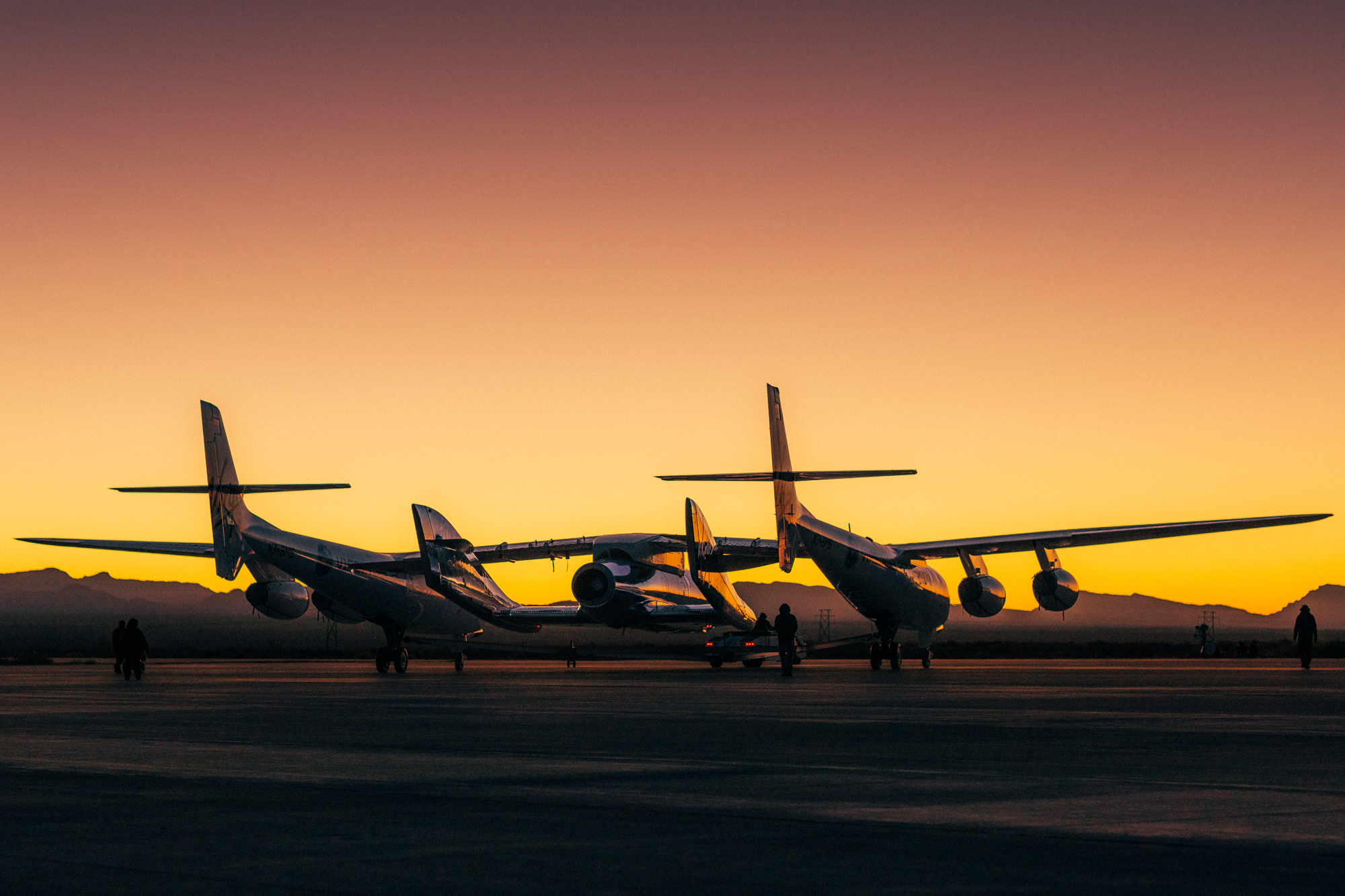
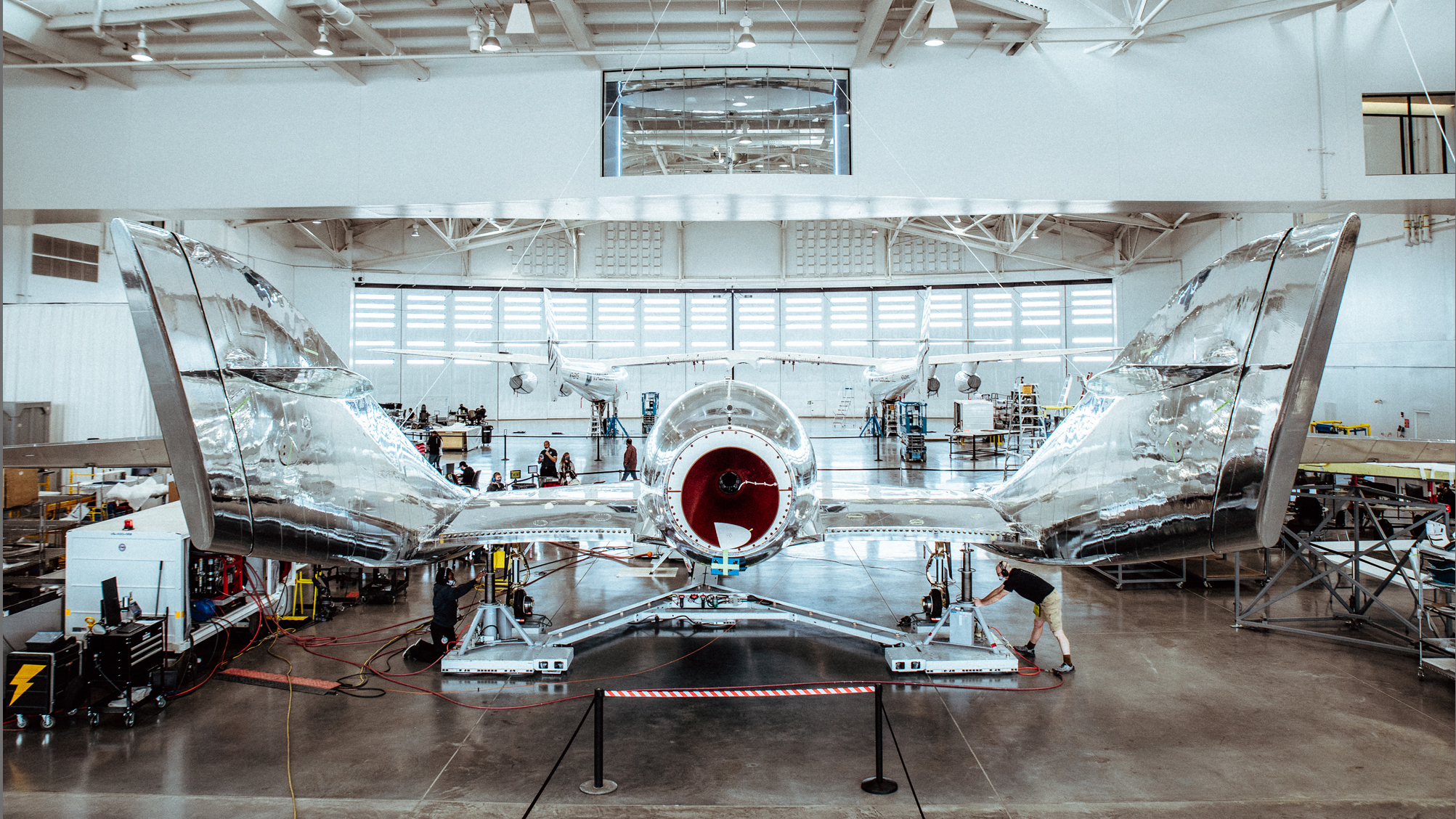
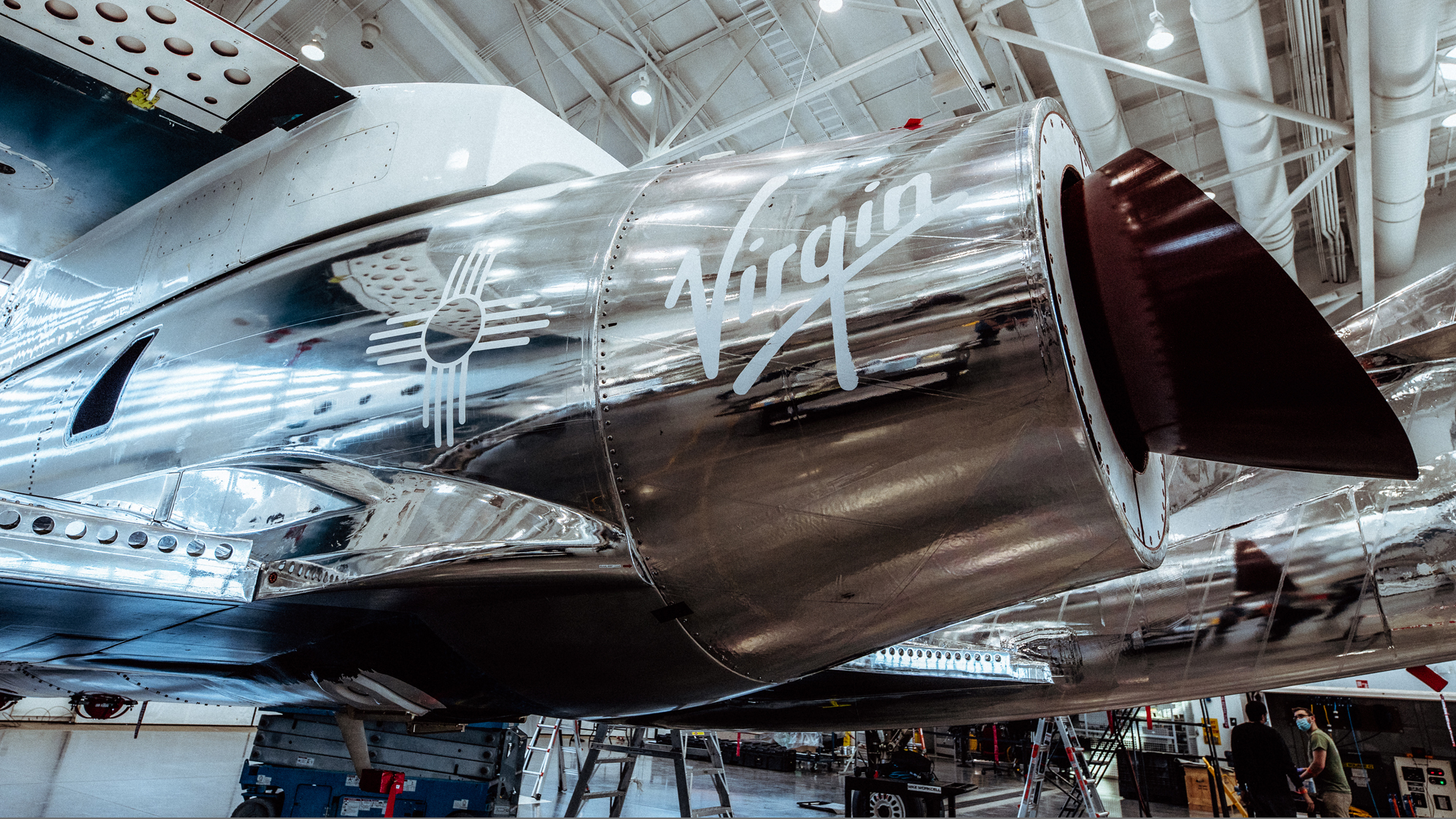
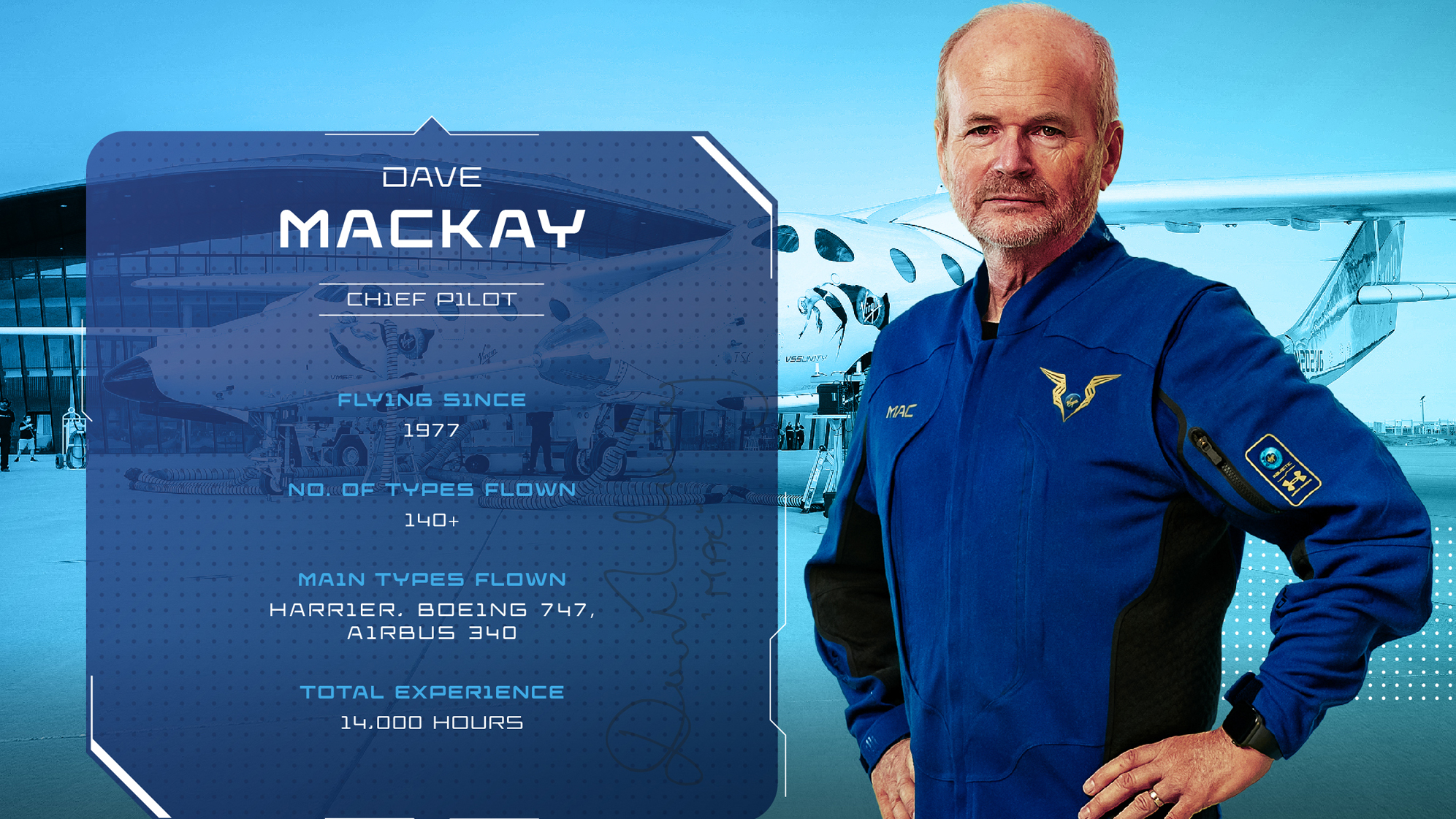
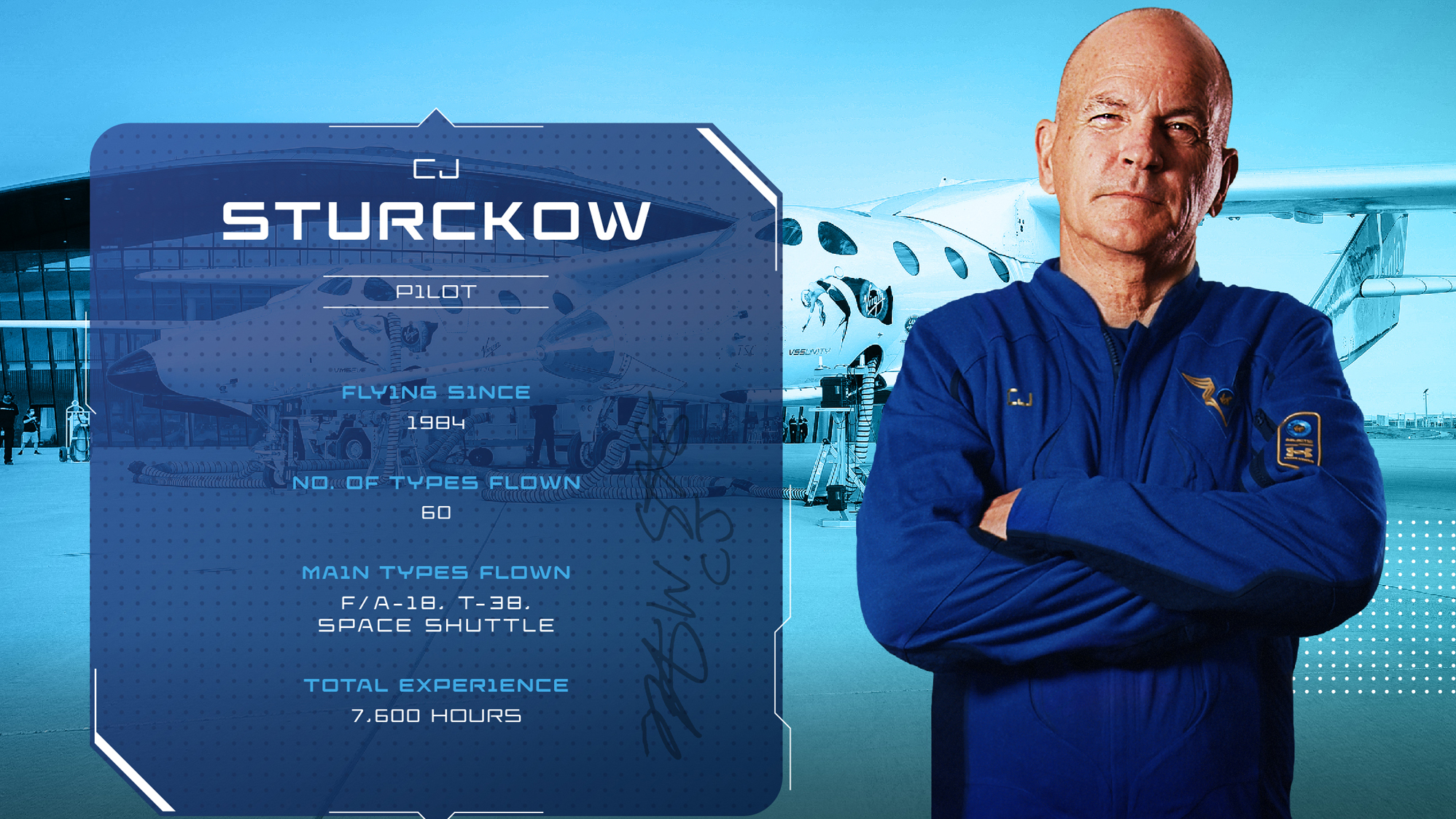
Things went smoothly enough early on. Unity lifted off beneath the wings of VMS Eve, its WhiteKnightTwo carrier aircraft, around 10:24 a.m. EST (1524 GMT; 8:24 a.m. local New Mexico time). And Eve dropped Unity on schedule, at an altitude of about 50,000 feet (15,000 meters).
Unity was then supposed to fire up its onboard rocket motor and head to suborbital space. But that didn't happen; Sturckow (a former NASA space shuttle commander) and Mackay instead brought the space plane back down to Earth, touching down safely at Spaceport America around 11:45 a.m. EST (1645 GMT).
"Early update on flight: The ignition sequence for the rocket motor did not complete. Vehicle and crew are in great shape. We have several motors ready at Spaceport America. We will check the vehicle and be back to flight soon," Virgin Galactic representatives wrote via Twitter this morning.
Breaking space news, the latest updates on rocket launches, skywatching events and more!
On Saturday afternoon, Virgin Galactic CEO Michael Colglazier provided another update via Twitter that identified the source of today's issue: "After being released from its mothership, SpaceShipTwo Unity’s onboard computer that monitors the rocket motor lost connection. As designed, this triggered a fail-safe scenario that intentionally halted ignition of the rocket motor."
"As we do with every test flight, we are evaluating all the data, including the root cause assessment of the computer communication loss. We look forward to sharing information on our next flight window in the near future," Colglazier added in another tweet.
Virgin Galactic is preparing the six-passenger VSS Unity for commercial operations, which could begin as early as next year. Nobody was in the cabin today, but the vehicle's passenger seats were filled with instrument-laden dummies that were supposed to gather data during the flight.
Unity also carried several payloads that flew via NASA's Flight Opportunities program, including an experiment designed to measure electromagnetic fields inside suborbital spacecraft and another that investigates how dust behaves in the microgravity environment.
ABORT! VMS Eve released Unity, but engine shutdown shortly after ignition.https://t.co/iCQ11JFAZn pic.twitter.com/6S5LCrNuE6December 12, 2020
Unity's previous two spaceflights occurred in December 2018 and February 2019. Both of those missions took off from Mojave Air and Space Port in southeastern California, near the headquarters of The Spaceship Company, Virgin Galactic's manufacturing subsidiary.
VSS Unity moved from Mojave to Spaceport America in early 2020 to begin the final phases of its test campaign. Passenger flights will depart from Spaceport America, the center of Virgin Galactic's planned commercial operations.
Today's flight would not have been the final test mission for Unity, even if it had gone according to plan.
"Upon successful completion of this flight, and data review, we will proceed to the next phase of testing, where we will fly four mission specialists in the cabin to test and refine the equipment, procedures, training and overall experience," Mike Moses, Virgin Galactic's president of space missions and safety, wrote in a blog post last month.
More than 600 people have already booked a seat aboard SpaceShipTwo, at a price (most recently) of $250,000 per ticket. Those customers will get to experience a few minutes of weightlessness and see the curvature of Earth against the blackness of space, Virgin Galactic representatives have said.
Editor's note: This story was updated at 8:35 p.m. EST on Dec. 12 with more information from Virgin Galactic about the cause of today's abort.
Mike Wall is the author of "Out There" (Grand Central Publishing, 2018; illustrated by Karl Tate), a book about the search for alien life. Follow him on Twitter @michaeldwall. Follow us on Twitter @Spacedotcom or Facebook.
Join our Space Forums to keep talking space on the latest missions, night sky and more! And if you have a news tip, correction or comment, let us know at: community@space.com.

Michael Wall is a Senior Space Writer with Space.com and joined the team in 2010. He primarily covers exoplanets, spaceflight and military space, but has been known to dabble in the space art beat. His book about the search for alien life, "Out There," was published on Nov. 13, 2018. Before becoming a science writer, Michael worked as a herpetologist and wildlife biologist. He has a Ph.D. in evolutionary biology from the University of Sydney, Australia, a bachelor's degree from the University of Arizona, and a graduate certificate in science writing from the University of California, Santa Cruz. To find out what his latest project is, you can follow Michael on Twitter.
